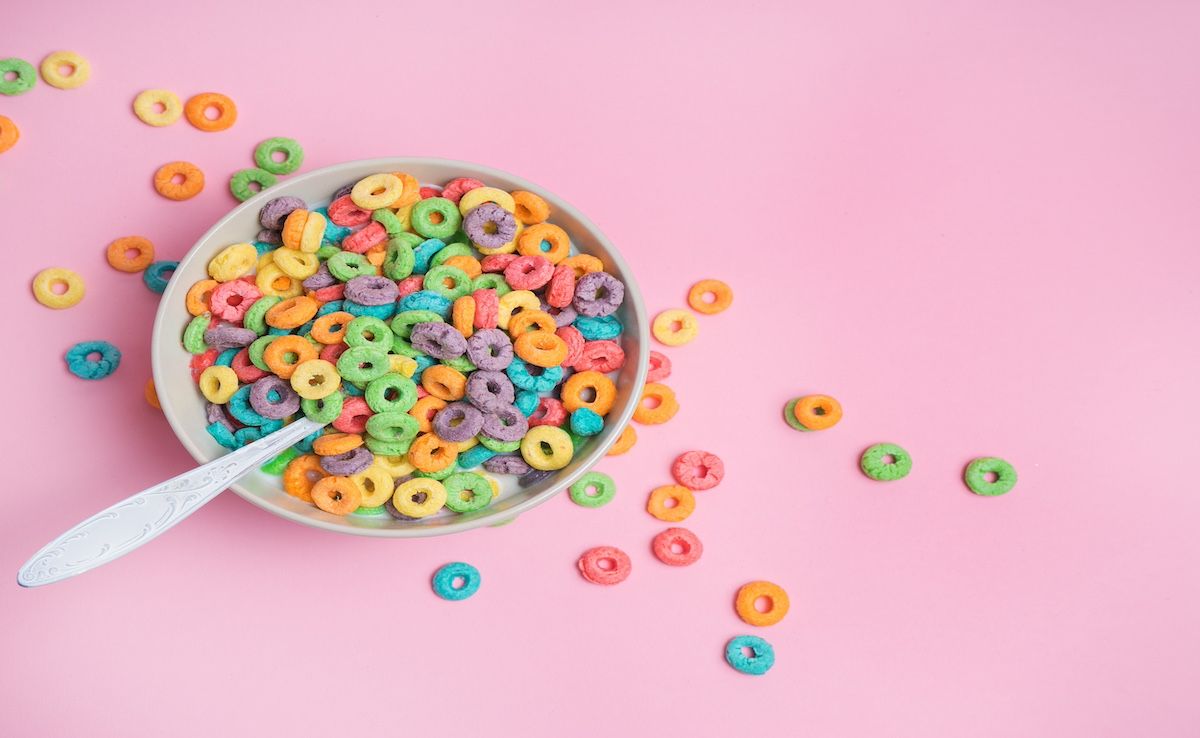- Center on Health Equity & Access
- Clinical
- Health Care Cost
- Health Care Delivery
- Insurance
- Policy
- Technology
- Value-Based Care
FDA Bans Red No. 3 Artificial Dye in Food, Ingested Drugs
The FDA cites cancer risk and the Delaney Clause in its decision to revoke food and drug uses of the dye.
Today, the FDA announced the revocation of FD&C Red No. 3 for use in food and ingested drugs, citing the Delaney Clause of the Federal Food, Drug, and Cosmetic Act.1 The decision follows a 2022 color additive petition that highlighted studies showing cancer risk in male rats exposed to high levels of the dye, despite evidence that the mechanism does not occur in humans.
FD&C Red No. 3, a synthetic dye that imparts a bright cherry-red color, has primarily been used in food products such as candy, cakes, cupcakes, cookies, frozen desserts, and frostings and icings, as well as some ingested drugs. Manufacturers must now reformulate affected products by early 2027 or 2028 to comply with the new regulations.
“At long last, the FDA is ending the regulatory paradox of Red 3 being illegal for use in lipstick, but perfectly legal to feed to children in the form of candy,” said Peter Lurie, MD, MPH, president of the Center for Science in the Public Interest, in a statement.2 “The agency banned the additive in cosmetics in 1990.”
With the revocation of the synthetic FD&C Red No. 3, manufacturers must now reformulate affected products by early 2027 or 2028 to comply with the new regulations. | Image Credit: © pauchi - stock.adobe.com

This announcement aligns with key health policy stances of Robert F. Kennedy Jr, whom President-elect Donald Trump nominated for HHS Secretary. Kennedy is known for his criticisms of chemicals, pollutants, and additives that he claims contribute to chronic diseases in the US. Following his Make America Healthy Again agenda, Trump has promised to let Kennedy “go wild” on health and food issues, including Red No. 3, according to Bloomberg.3
The Delaney Clause, incorporated into the Federal Food, Drug, and Cosmetic Act by the Food Additives Amendment of 1958, requires the FDA to ban food additives that are found to cause or induce cancer in humans or animals as indicated by testing.4 The petition requested the FDA review whether the Delaney Clause applied, noting 2 studies that showed cancer in laboratory male rats exposed to high levels of the dye due to a rat-specific hormonal mechanism.1
“In cases where data demonstrates that a color additive intended for ingestion can induce cancer in human or animal based on appropriate tests, the Delaney Clause directs the FDA to find such uses of the color additive unsafe,” the FDA stated.5
However, the way that FD&C Red No. 3 causes cancer in male rats does not occur in humans, with relevant exposure levels to FD&C Red No. 3 being typically much lower in humans than those that cause the effects shown in the rats.1 Furthermore, studies in other animals and humans did not show these effects, meaning claims that the use of FD&C Red No. 3 in food and ingested drugs puts people at risk of cancer is not supported by the available scientific findings.
“We’re not surprised the FDA has asserted that the risk is small, since it’s a chemical they failed to ban for years, and they want to reassure the public that the agency hasn’t been placing them at risk for decades,” said Lurie.2 “But the truth is Congress made plain decades ago that this was exactly the type of chemical—one that causes cancer in animals—it was trying to keep out of the US food supply.”
References
1. FDA to revoke authorization for the use of Red No. 3 in food and ingested drugs. FDA. News release. January 15, 2025. Accessed January 15, 2025. https://www.fda.gov/food/hfp-constituent-updates/fda-revoke-authorization-use-red-no-3-food-and-ingested-drugs
2. FDA moves to eliminate carcinogenic Red 3 from foods. Center for Science in the Public Interest. News release. January 15, 2025. Accessed January 15, 2025. https://www.cspinet.org/press-release/fda-moves-eliminate-carcinogenic-red-3-foods
3. Edney A. Seeing red: What RFK Jr and US food regulators have in common. Bloomberg. November 14, 2024. Accessed January 15, 2025. https://www.bloomberg.com/news/newsletters/2024-11-14/rfk-jr-s-rising-profile-merges-with-threatened-ban-on-food-dye-red-no-3
4. Regulation of cancer-causing food additives—Time for a change. Government Accountability Office. December 11, 1981. Accessed January 15, 2025. https://www.gao.gov/products/hrd-82-3#:~:text=The%20Delaney%20Clause%2C%20incorporated%20into,animals%20as%20indicated%20by%20testing
5. FD&C Red No. 3. FDA. News release. January 15, 2025. Accessed January 15, 2025. https://www.fda.gov/industry/color-additives/fdc-red-no-3
Trends in Hospital Pricing for Vulnerable Emergency Department Users, 2021-2023
December 4th 2025Self-pay emergency department prices rose significantly from 2021 to 2023, especially at for-profit and system-affiliated hospitals, highlighting growing affordability challenges for uninsured and underinsured patients.
Read More
